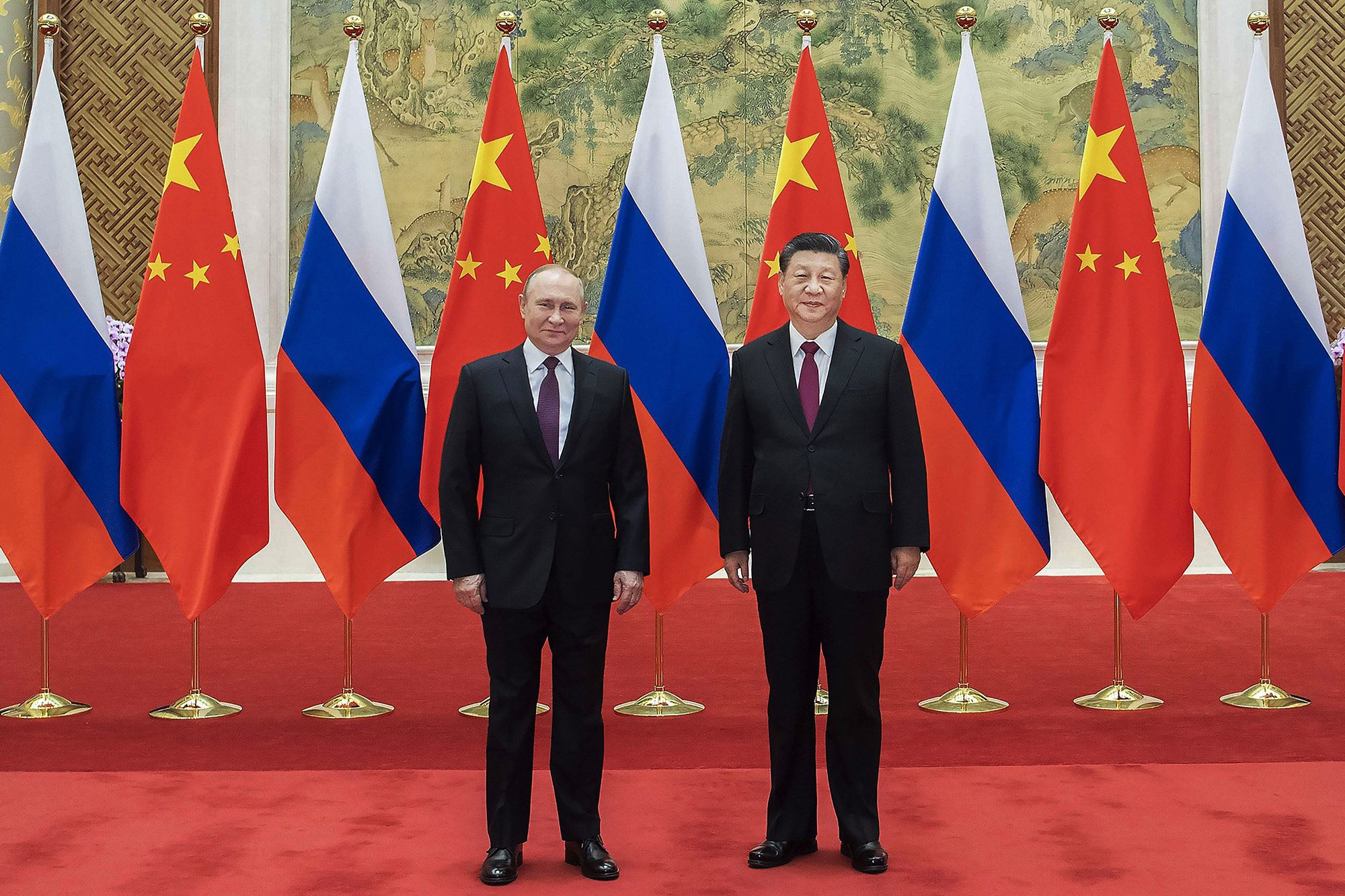Russia, China Hold “Largest Naval Drill In 30 Years”

Russia, China
The recent naval drills conducted by Russia and China, termed the “largest naval drill in 30 years,” mark a significant development in military cooperation between the two nations. This exercise is part of a broader strategy by both countries to enhance their naval capabilities and strengthen their partnership in the face of growing tensions with the West.
Overview of the Naval Drill
The naval exercises, known as “Joint Sea 2024,” took place in the waters of the Sea of Japan and involved a substantial number of ships, submarines, and aircraft from both navies. The drills included various tactical maneuvers, anti-submarine warfare, and live-fire exercises, showcasing the operational readiness and coordination between the Russian Navy and the People’s Liberation Army Navy (PLAN) of China.
Objectives of the Drill
The primary objectives of the Joint Sea 2024 exercises are:
- Enhancing Maritime Security: Both nations aim to improve their capabilities to respond to maritime threats, particularly in the context of regional security dynamics influenced by the United States and its allies.
- Demonstrating Military Strength: The drills serve as a demonstration of military strength and a message of solidarity between Russia and China, particularly amid increasing geopolitical tensions.
- Improving Interoperability: The exercises are designed to enhance the interoperability of Russian and Chinese naval forces, allowing for more effective joint operations in the future.
Significance of the Exercise
The scale and scope of these drills are unprecedented in recent decades, reflecting a deepening military relationship between Russia and China. This partnership has been fueled by shared interests in countering U.S. influence in the Asia-Pacific region and addressing mutual security concerns.
Geopolitical Implications
- Increased Tensions with the West: The drills are likely to heighten tensions with Western nations, particularly the United States, which has been closely monitoring military activities in the region. This could lead to a recalibration of defense strategies by NATO and its allies.
- Strategic Posturing: By conducting such large-scale exercises, Russia and China are signaling their commitment to a multipolar world order and their willingness to collaborate on military matters.
- Potential for Future Cooperation: The success of these drills may pave the way for more extensive military cooperation, including joint operations and intelligence sharing, as both countries seek to bolster their defense capabilities.
Conclusion
The Joint Sea 2024 naval drills represent a significant milestone in Russia-China military relations, illustrating their commitment to enhancing naval capabilities and strategic cooperation. As both nations navigate a complex global landscape, their partnership is likely to evolve, with implications for regional and global security dynamics. The international community will be watching closely as these developments unfold, particularly in the context of rising tensions and the shifting balance of power in the Asia-Pacific region.




